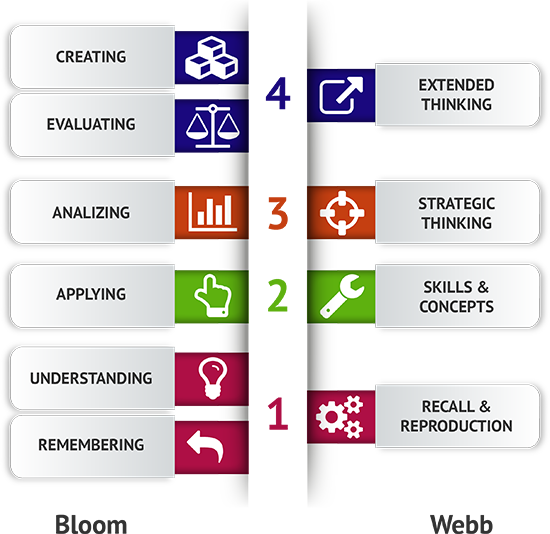Record debt, skyrocketing foreclosures and a large number of people suffering from financial stress…sound familiar? Many of the problems people face today could have been avoided if they had received a practical financial education.
Teens and young adults tend to learn more from practical financial literacy lesson plans. Having a practical financial literacy curriculum as support will help you teach important guidelines to your child. This allows them to be more financially responsible in the way they deal with everyday finances as well as long-term expenses. It is essential that you instill your spending habits in your children in order to get ready for their financial independence.
If you want to read more about financial literacy plans, then you can visit https://cityformillennials.com/

Many schools have started offering a financial literacy curriculum to their students, either in the form of economics classes or classes geared specifically towards preparing students financial responsibility in college or independent living.
In light of the current financial situation, it is vital that we arm our young people with the financial information they need to be successful in the financial real world. If you want to make a lifelong difference in a child’s quality of life then choose an engaging and relevant financial literacy course. But, how do you choose a financial literacy curriculum that students will actually implement? That is the question that will be answered in this article.
Studies indicate that less than adequate financial training has a negative effect on students. They report boredom and confusion which in turn turns them off to learning more about money matters. The instructors had good intentions when they begin implementing the financial education course; regrettably, the financial lesson plans had a negative effect instead.